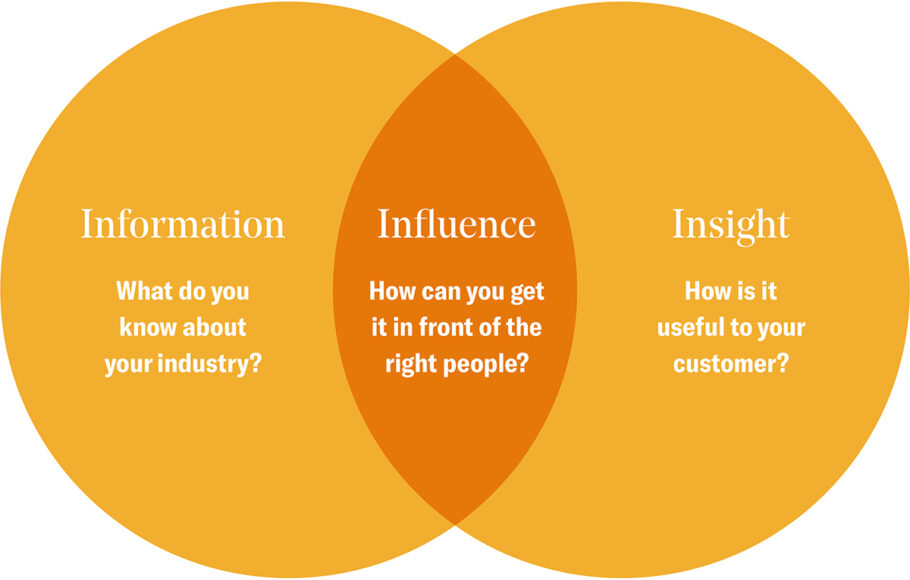Thought leadership sounds great. But you may already have thought of a few potential barriers to making it a reality for your B2B brand.
Here are some of the most frequently asked questions by businesses with which we work:
1. How can I get my experts to contribute?
There are natural-born extroverts in every organisation; but most contributors will require encouragement. In our experience, there are a few things you can do to motivate them:
- Invite them to be part of a select group of contributors. A little flattery goes a long way.
- Feed their curiosity by encouraging them to attend industry events.
- Publicise their efforts. This is not only motivating but may encourage other contributors to get involved.
- Create a sense of competition. Either through ‘gamification’ techniques, such as a league table of clicks/downloads/views or more material incentives.
- Give them the tools to do the job – e.g. by offering media training where appropriate.
One thing not to do: don’t let them see the job of contributing thought leadership as “something that marketing told them to do”.
2. Where will they find the time?
You can ring-fence time. ‘Away days’ are a great way for contributors to come together, discuss ideas and generate material. But their time must still be justified – and your smartest people are often the busiest and most in demand. The secret is to use the right support, such as external writers, video teams and others who can enable internal thought leaders to communicate their views quickly and easily. It is then over to the external support to create the finished product, while your experts get on with their day jobs.
3. How do I get senior-level buy-in?
The higher you get in an organisation, the more important the idea of corporate prestige. Identify the thought leaders that your potential senior sponsors already know – and explain how you can do the same in your industry. If they believe that thought leadership elevates the company’s perception in the market, they will be more likely to support your initiative. And of course, you need to prove it works…
4. How do I prove it works?
There is no single ‘master metric’ for thought leadership. However, combining qualitative and quantitative metrics will be necessary to demonstrate that your initiative is not just being seen, but being valued too.
Brand perception surveys are by far and large the most effective way to gauge the impact of your thought leadership efforts. However, if your marketing budget doesn’t stretch that far, there are other ways. Measure influence or reach by gathering data on web traffic, downloads, views etc. But also monitor how people are engaging with the content – number of shares, comments, likes, etc. – to get a clearer sense of its quality.
Comparing and monitoring such data over a range of timescales will enable you not just to prove the success of your campaign, but to refine and improve it.









